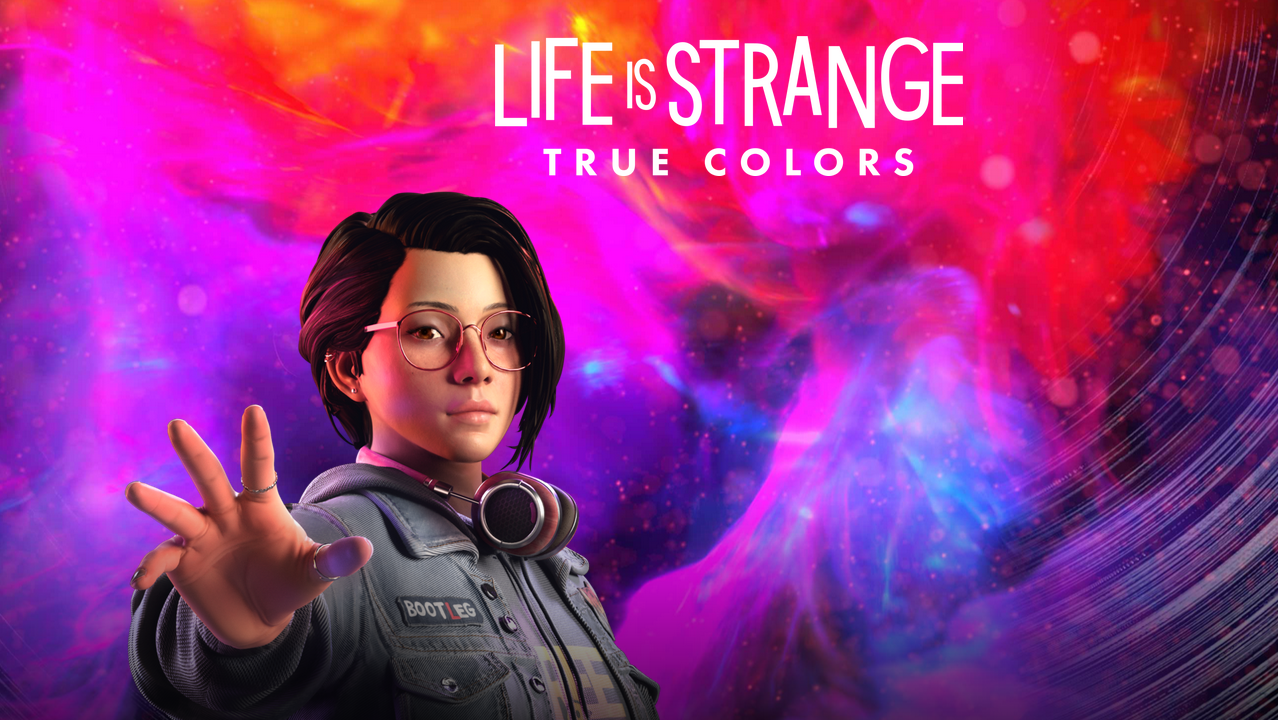
Though the branches don't really change the core events of the story, how the townspeople perceive Alex can change which plays into the game's themes of community and belonging.Īll of this is helped by standout writing, which not only manages to satisfyingly weave several different story threads but also makes interactions and conversations feel natural, a notable improvement over the occasionally clunky dialogue found in the early games of the series. The big decisions you make along the way feel impactful as well. Themes of grief and dealing with loss are explored in affecting and thought-provoking ways, with characters responding to the tragic incident in different ways. The rest of the cast are well-developed and contribute to the world-building and making Haven Springs come across like a community, which is key to the success of several parts of the game and not just relating to Alex's personal journey. It was highly rewarding to see the future that awaited my version of Alex, but at the same time it's a little sad that this might be the last time we see her given the anthological nature of this franchise. It's a bittersweet moment when arriving at the very final decision that influences which ending you get. Alex is also funny and likeable, resilient and caring, and a character that is highly enjoyable to follow as a protagonist. It's an emotionally resonant journey that she goes through over the course of the story, which culminates along with the central mystery regarding Gabe's death in a powerful way. With an especially troubled childhood and on top of the problems that arose from her powers developing, Alex seizes the opportunity to move to Haven Springs in the hope of finding a place where she doesn't feel like a freak or an outcast and can finally belong. Let's start with Alex, who ranks as the best Life Is Strange protagonist to date.

Thankfully, it's easy to be enamoured by pretty much everything else in the game.

As an example, not long after the accident, Alex comes across one character who is overcome with sadness, and she uses her powers to figure out what to say and do to cheer her up.Īlex never uses her powers for selfish gain – she is usually either driven by justice for Gabe or by kindness – which made this aspect easier to swallow as the story progressed, and a couple of big and weighty decisions do make you seriously consider the consequences, but perhaps the game could have done a little more to address the matter. Being able to see auras is one thing, but when it develops into close to reading people's thoughts and then acting on that new information, using the ability feels intrusive. To be honest, I wasn't entirely comfortable with Alex's powers at the beginning. As she investigates the suspicious circumstances surrounding her brother's death – which leads to questions about Typhon, the shady mining corporation that has a major influence over the town – she starts to embrace her powers and use them to get closer to the truth.

Alex can read people's auras if their feelings are strong enough, such as fear, anger, and sadness. Now a young adult, she finally reunites with Gabe in the friendly and serene Colorado town of Haven Springs, but before she has the chance to properly start her new life, she and the rest of the townsfolk are shocked by a fatal accident that kills Gabe.Īlex's supernatural ability, an unwanted one at the start of the story, is based on empathy. She's had a rough upbringing, struggling for years in the foster care system after losing her parents and being separated from her older brother Gabe.
True colors game full#
For a series that has been consistently praised for its character work and storytelling over the years, it's striking how much full performance capture adds to the immersion and impact of the experience – particularly in a game that heavily revolves around feelings and emotions. One of the first things that becomes evident when starting Life Is Strange: True Colors is how good the game looks, compared to its predecessors.


 0 kommentar(er)
0 kommentar(er)
